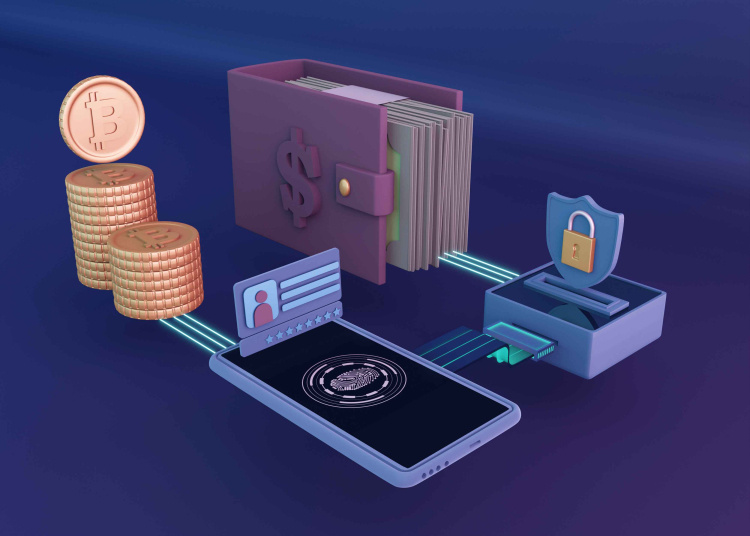- Payroll
Payroll security is a critical aspect of any organization's overall security posture. It involves protecting sensitive employee information, such as social security numbers, bank account details, and salary information, and safeguarding the financial data related to payroll processing. The importance of payroll security cannot be overstated, as a breach can lead to financial loss, legal repercussions, and damage to an organization's reputation.
Common threats to payroll security include phishing attacks, where cybercriminals use deceptive emails to trick employees into revealing login credentials or downloading malware. Insider threats, such as disgruntled employees or those with unauthorized access, can also pose significant risks by altering payroll data for personal gain. Additionally, data breaches, resulting from inadequate security measures, can expose vast amounts of sensitive information to unauthorized parties. Understanding what payroll security entails and recognizing these threats are essential steps in safeguarding your organization's payroll system from potential breaches.
Understanding Payroll Security Risks
Payroll systems are particularly vulnerable to a range of security risks due to the sensitive nature of the data they handle. Unauthorized access is a primary concern, as it can lead to the exposure of personal and financial information. This can occur through weak passwords, unsecured networks, or exploitation of software vulnerabilities. Data manipulation is another significant risk, where an attacker or insider alters payroll information for personal gain, leading to incorrect payments or embezzlement.
Fraudulent activities, such as creating fake employees or diverting funds, are also prevalent threats within payroll systems. The importance of payroll security is highlighted by these risks, as they can result in substantial financial losses and legal liabilities for the organization.
Real-world examples of payroll security breaches further emphasize the need for robust security measures. For instance, in 2017, a major payroll company experienced a breach that exposed the personal information of thousands of employees across multiple clients. The consequences of such breaches extend beyond financial loss to include regulatory fines, legal action, and lasting damage to an organization's reputation. Understanding what payroll security entails and the potential risks involved is crucial for implementing effective safeguards to protect against these threats.
Best Practices for Secure Payroll Processing
Implementing Strong Access Controls and Authentication Methods:
Restrict payroll system access to authorized personnel only, using role-based access controls to ensure that employees can only access the data necessary for their job functions.
Implement multi-factor authentication (MFA) to add an extra layer of security, reducing the risk of unauthorized access due to compromised credentials. According to a survey by Duo Security, MFA adoption increased by 53% in 2020, highlighting its importance in securing sensitive systems.
Regularly Updating and Patching Payroll Software:
Ensure that payroll software is regularly updated to patch security vulnerabilities and protect against known threats. A study by the Ponemon Institute found that 60% of data breaches were linked to a vulnerability for which a patch was available but not applied.
Schedule regular maintenance windows to apply updates and patches, minimizing disruptions to payroll processing while maintaining security.
Encrypting Sensitive Payroll Data During Transmission and Storage:
Use encryption protocols such as TLS (Transport Layer Security) to secure data during transmission over the internet. According to the Global Encryption Trends Study 2020, 45% of organizations cited protecting data in transit as a top reason for deploying encryption.
Encrypt sensitive payroll data at rest using strong encryption algorithms to prevent unauthorized access, even if data storage systems are compromised.
Conducting Regular Security Assessments:
Perform regular security assessments and penetration tests to identify potential vulnerabilities in the payroll system and address them proactively.
Use the results of these assessments to continuously improve security measures and ensure the payroll system remains resilient against evolving threats.
Monitoring and Logging Access to Payroll Systems:
Implement logging and monitoring solutions to track access to payroll systems and detect suspicious activities. According to a survey by SANS Institute, 44% of organizations use security information and event management (SIEM) systems for real-time analysis of security alerts.
Regularly review access logs and investigate any anomalies or unauthorized access attempts to prevent potential payroll security breaches.
Developing and Testing Incident Response Plans:
Develop an incident response plan specifically for payroll security breaches, outlining the steps to take in the event of a suspected breach.
Conduct regular drills and tests to ensure that the response team is prepared to act quickly and effectively to mitigate the impact of a breach on payroll security.
Payroll security is not just an option but a necessity for organizations of all sizes. By understanding the potential risks and implementing the best practices outlined in this blog, businesses can significantly enhance the security of their payroll systems. Strong access controls, regular software updates, data encryption, continuous monitoring, and a robust incident response plan are all critical components of a comprehensive payroll security strategy.
However, it's important to remember that payroll security is an ongoing process, not a one-time task. As technology advances and cybercriminals become more sophisticated, organizations must remain vigilant and proactive in updating and refining their security measures. By doing so, they can protect their employees' sensitive information, safeguard their financial assets, and maintain their reputation in the face of potential threats.
Investing in payroll security is an investment in the overall health and resilience of your organization. By prioritizing the safety of your payroll data, you're not only complying with legal and regulatory requirements but also building trust with your employees and stakeholders. Remember, in the realm of cybersecurity, prevention is always better than cure.
Request a Demo Now!

.png?width=50&height=50&name=Team%20HONO%20logo-01%20(1).png)
